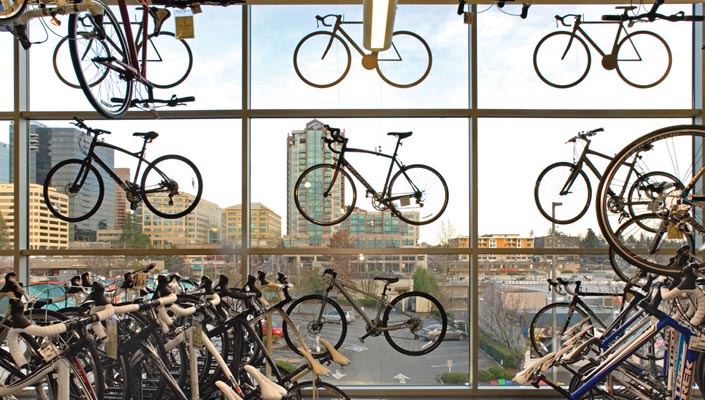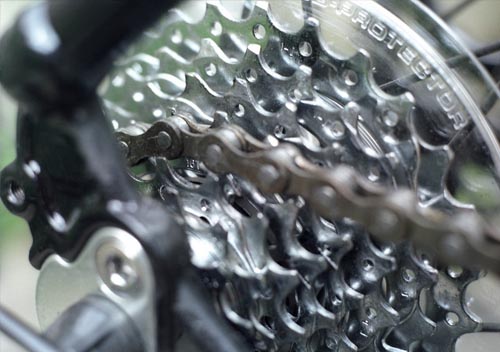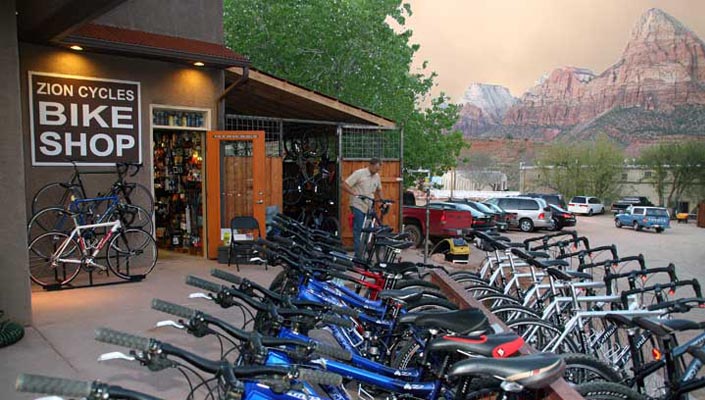
Buying yourself a present is supposed to be a rewarding experience, but sometimes you just don't have the knowledge and experience to buy the right present - even if it is for you! But with a little guidance and some handy tips, you'll soon be on your way towards cycling enlightenment. Because buying a new bike IS fun - if you know what to look for.
Buying advice can trickle down into hundreds of points of advice, so we've tried to summarise this into three main categories. These are the first places to begin your education before spending money. Now put that credit card away until you know what to REALLY buy yourself...
1. FRAME MATERIAL
Whether it's your first or fifth bike - you must always consider the material your bike is made from. This has a direct influence on the style of riding you will be doing. As a road cyclist you might be happy choosing an entry level carbon fibre road bike. However, a mountain biker would be better off sticking to a good alloy bike for added strength and less chance of damage.
Frame materials have different qualities specific to various purposes. For instance, a good carbon fibre frame will actually absorb most of the vibration from the road, while also offering a stiffer and more responsive frame! There are different grades of carbon fibre though. As carbon fibre frames increase in value, they also increase in quality - that is, the quality of the carbon itself. The bike has enhanced characteristics and is substantially lighter than an entry level frame.
Choosing your frame material with purpose will allow you to ride in confidence, knowing the bike is built for what you're using it for.
2. COMPONENTS
The second point to pay even more attention to are the components on the bike. You'll find many brands now have an 'in-house' brand of parts in an attempt to control pricing as well as ensure quality. When looking at a bike find out what components it has throughout the entire bike.
All bikes have what is called a groupset - the collection of parts that make your bike go forward and stop. Gear shifters, brake levers, cogs, cassettes, chains, and cranksets all make up the total groupset. It is best to find a bike with one brand of groupset (as an example, Shimano or SRAM. Try avoiding mixing and matching too much.) This will make it easier to service, obtain parts, and prevents compatibility issues down the line. It can also mean smoother running.
The other parts that make up the components on your bike are the seatpost, handlebars, saddle, and stem. All these items are static - i.e. no movement in them whatsoever. This means that performance isn't critical because... well, these items don't really do an awful lot. If you want to save money, avoid bikes with carbon bars and seatposts. You're better off buying a bike with the moving parts being higher quality. Ditch the carbon static items and opt for a better set of wheels. Now there's performance you can feel!
If you want to buy a bike that already has all the top end performance parts then you can consider buying a bike with carbon components; like handlebars, stems and seatposts - just as a finishing touch.
3. SERVICING PLANS
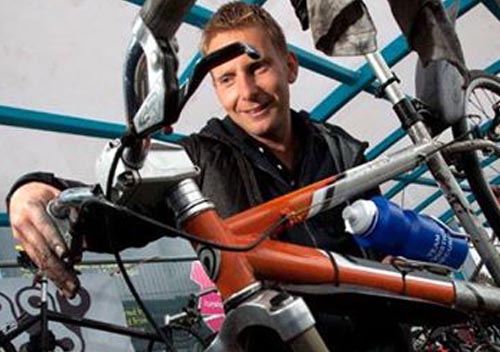
image: bicyclestore.com.au
Completely unrelated to the bike, but the best long-term investment you can make in your riding pleasure. Once you've found the right bike, negotiate a servicing plan with your local bike shop. Most good stores offer servicing plans to new bike owners as a way of maintaining a healthy customer relationship and a happy bike!
Servicing plans are decided by each store, consisting of a certain number of free or discounted services within the first 6 to 12 months. The reason you want a servicing plan is because a lot happens to a bike in the first year! You'll need gears adjusted within the first 6 weeks, as well as regular upkeep over the coming months. Having your local bike shop committed to maintaining your bike means you'll have less problems in your second and third year of ownership (when you will be paying!)
During the first few weeks of owning your new bike, drop it in for its first service and ask your local guys to show you how to clean the bike and degrease the drivetrain. If you want to make friends, wash your bike before you drop it off next time. When you point it out to them, they'll love you for it and maybe do an extra few things to your ride...
So there you have it, an easy three topics to consider. Make sure you're happy with the bike shop, because you'll be a regular customer over the coming months and years. If you feel comfortable with your local store, you'll enjoy looking after and upgrading your new bike.
If all else fails and you just can't find the right bike, then ask for a demo bike to ride of a particular brand. Maybe that will be the easy way to sway your own opinion of which is the right bike for you!

RELATED ARTICLE:
What to Look for When Buying a $2500 - $3000 Road Bike
Cycling and food. They go hand in hand, whether you like it or not. If you enjoy eating this is great news, but for most of us this concept presents a few challenges... READ MORE
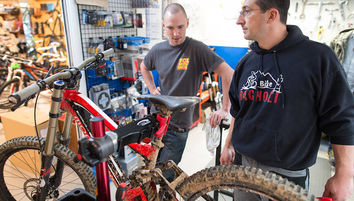
RELATED ARTICLE:
What is a bike service all about?
There's nothing better than going out for a ride on a sunny morning. The birds, the fresh air, the silence...and then your squeaking and clunking jalopy of a bike. Unlike a car, bicycles need... READ MORE
